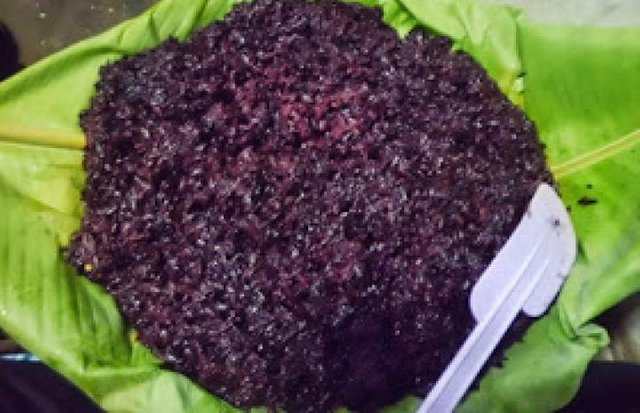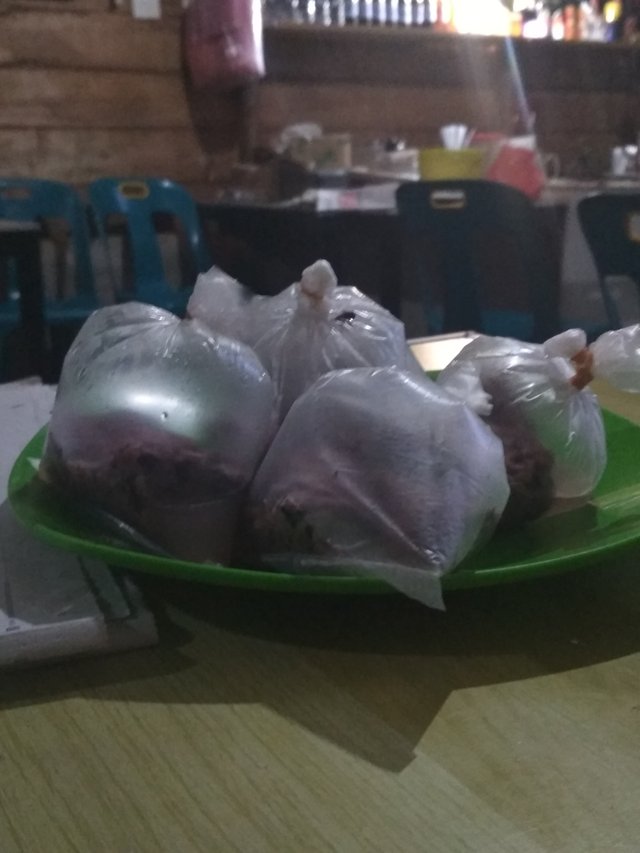Glutinous tape and Fermentation process

Glutinous Tape is a traditional Indonesian food made from glutinous materials processed by fermentation. In the process of glutinous tape fermentation of the preparation stage (leaching, cooking and cooling), workmanship, and fermentation (heating, inoculation with yeast, and incubation) is a stage that has an important effect to produce glutinous tape with good quality. For example, in the washing stage that aims to remove dirt and bran remains that may still be left behind is very important to do. In addition to determining the taste, the results of the fermentation process is also very determine the chemical composition of glutinous tape.Glutinous tape generally has a soft texture, sweetness, slightly acid, and a distinctive taste as it contains less alcohol. The main component in ketan itself is starch, which in the intact state is very difficult degradation with chemicals and enzymes. In fact, the water-heated starch will not change until the gelatination temperature is reached. Therefore, it takes the help of bacteria to degrade the starch component contained in the sticky rice. Yeast contains a variety of lactic acid bacteria that are needed for the fermentation of glutinous tape.

Fermentation is one of the oxidation-reduction reactions in a molecular biology system that can produce by utilizing organic compounds as electron donors and acceptor. Fermentation of glutinous tape occurs under facultative anerobic conditions, ie it can perform the fermentation process with or no oxygen. However, the presence of oxygen in small amounts can accelerate the ongoing fermentation process. Examples of fermentation technologies that have been recognized so far are alcoholic beverages, nata de coco, bread, tempeh, tauco, and also glutinous tape. In the process of making glutinous tape, the fermentation that occurs is due to the help of yeast contained in the yeast added. The yeasts are Endomycopsis fibuliger and Chlamydomucor oryzae. Both yeasts are microbes that play a major role in turning ketanace into a tape form. Originally Chlamydomucor oryzae started the fermentation process by turning glutinous starch into sugar. Furthermore, Endomycopsis fibuliger will convert sugar to produce alcohol and flavor-forming components.
Detailed changes in major chemical compounds that occur in the fermentation process of glutinous tape are hydrolysis of starch to maltose and glucose, due to the help of both yeasts (Endomycopsis fibuliger and Chlamydomucor oryzae). The next process of glucose will be fermented into organic acids and ethanol so as to give a strong taste and aroma of khasserta very strong. Fermentation of glutinous tape using yeast is included in the heterofermentation type because it uses two different kinds of microbial cultures. Besides making glutinous tape which is a fermentation process will produce many advantages. among other things, increasing the flavor of glutinous rice and producing a distinctive aroma that will affect the delicacy, as well as increase its nutritional content.

This post has received a 1.67 % upvote from @boomerang.